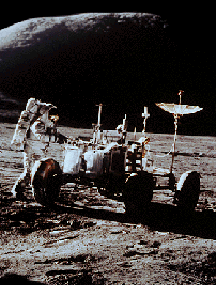Image of an astronaut and the Lunar Rover.
Click on image for full size
Aris Multimedia Entertainment, Inc 1994.
Human Spaceflight
It was not long after the first space satellites were launched that we
succeeded in getting a human being into space. These first astronauts
and cosmonauts (the Russian word for astronaut) were test pilots who were
very familiar with flying in fast and dangerous planes! The first human
being to travel into space was Yuri Gagarin (USSR, 1961), followed a month
later by the US astronaut Alan Shepard.
Once we found out that humans could travel in space, a "space race"
quickly developed between the United States and the Soviet Union. The United States
main interest was to land on the moon. The Soviet Union was more interested in
setting endurance records and doing scientific research.
Russia, the United States, and 14 other countries are now working together on the International Space Station project.
For a brief history of the United States and Soviet Union human spaceflight programs, click
here.
Discover more about human spaceflight through the links below!
You might also be interested in:

There is a large space station circling Earth right now. It is called the International Space Station (ISS for short). Astronauts live and work in the ISS. Sixteen countries, including the United States,
...more
The orbiter Columbia was launched July 1, 1997. This begins a 16-day mission. The purpose of this mission is to study the micro-gravity of space. Micro-gravity means there is less gravity than on Earth.
...more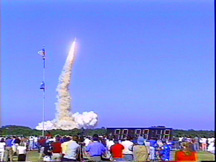
The Space Shuttle Discovery lifted off from Kennedy Space Center on October 29th at 2:19 p.m. EST. The sky was clear and the weather was great. This was the America's 123rd manned space mission. A huge
...more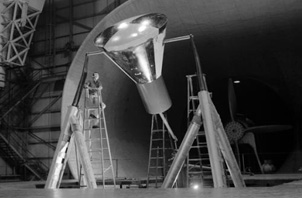
This is Administrator Goldin's speech about NASA's 40th birthday: "Forty years ago, in 1958, the National Aeronautics and Space Administration was created with the boldest and most noble of missions: to
...more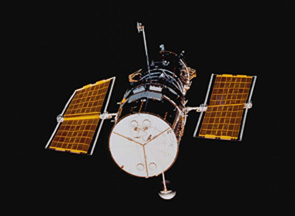
The Hubble Space Telescope (HST) is really neat! It was first launched in 1990, but scientists started building it in the 1970's! We have found all kinds of objects like stars, nebulae and galaxies. The
...more
Apollo 11 was the first mission that landed a person on the moon. On July 16, 1969, the U. S. rocket Saturn 5 was launched carrying the lunar landing module Eagle. The Eagle was released and it reached
...more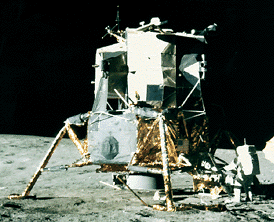
Apollo 12 was launched on Nov. 14, 1969 and arrived at the Moon three days later. Astronauts Charles Conrad and Alan Bean descended to its surface, while Richard Gordon remained in lunar orbit aboard the
...more


